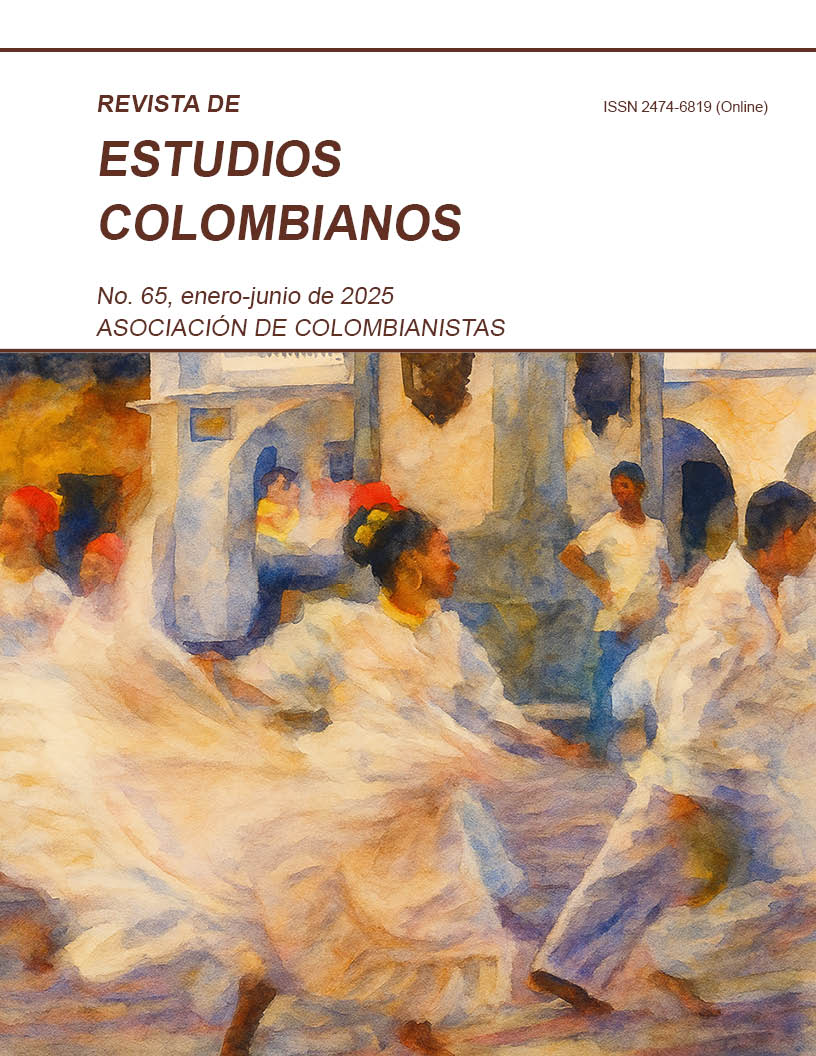Holy Week in Popayán: Between Cultural Heritage and Racial Hegemony
Main Article Content
Abstract
The Semana Santa (Holy Week) processions in Popayán, Colombia, are often framed as a ritual of religious devotion, tradition, and social cohesion. However, their structural and symbolic characteristics reveal an underlying tension between order and transgression, normativity and disruption. This article examines the Semana Santa celebrations through the lens of carnivalesque performativity, highlighting how the ritualized occupation of urban space mirrors both the reinforcement and contestation of hegemonic narratives of whiteness, power, and historical continuity. Drawing from theories of ritual, carnival, and spatial politics, the study explores how the event functions as a sacralized carnival, where religious orthodoxy and performative spectacle coexist. Furthermore, it analyzes the role of street interventions—particularly graffiti—as counter-narratives that challenge the aesthetic and ideological dominance of the "white city." By comparing the regulated dramaturgy of the processions with the insurgent visual discourse of graffiti, this work argues that Semana Santa is not merely a reaffirmation of religious and social order but also a contested space where visibility, authority, and urban identity are negotiated.
